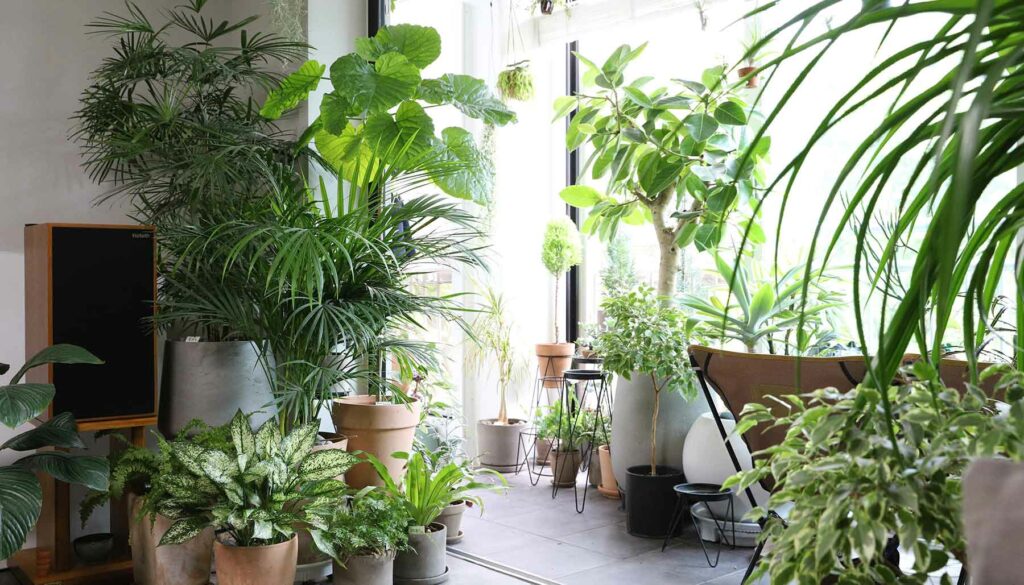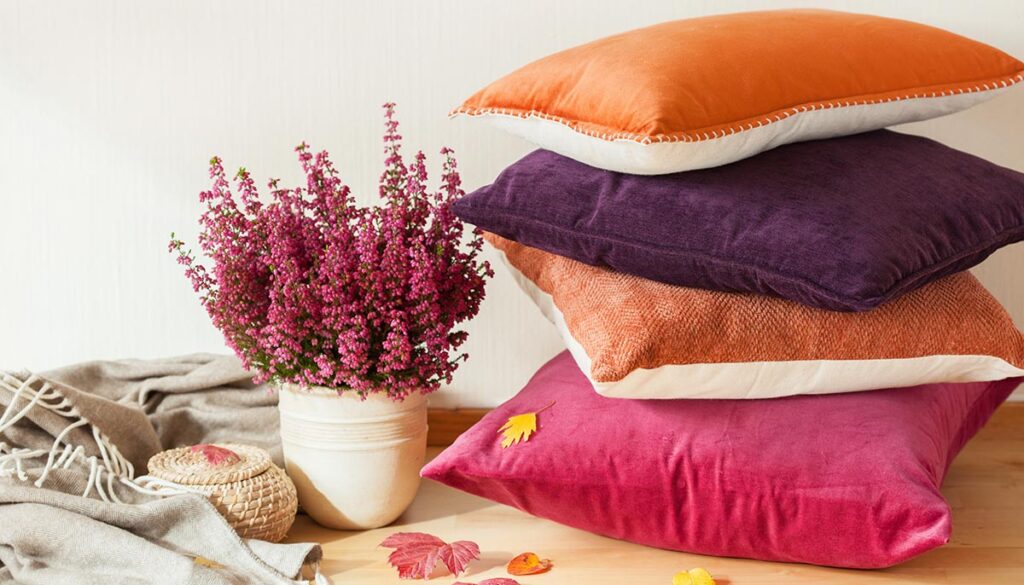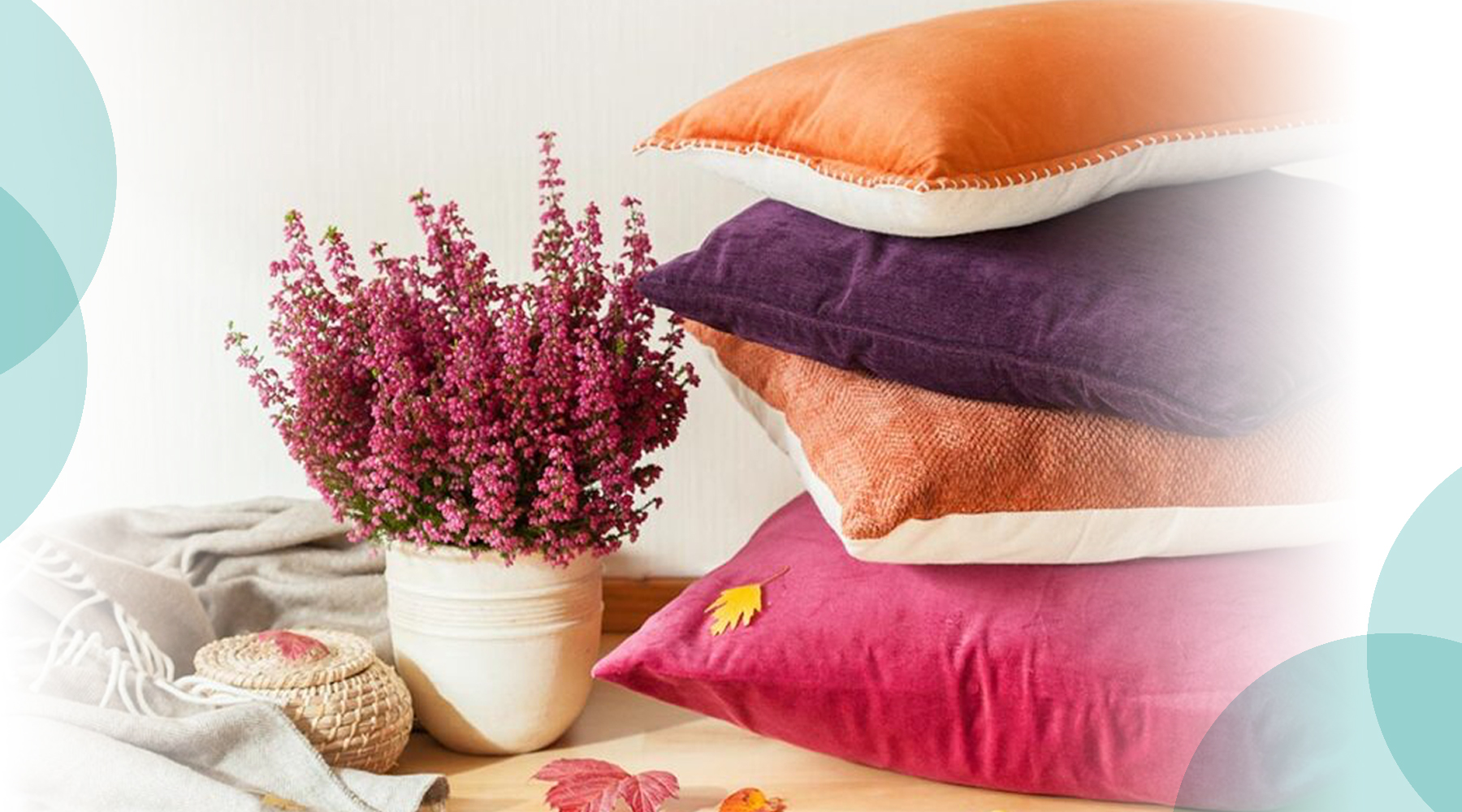In a perfect world, your home should be your oasis from the stress of the world. If your space falls short of that dream, don’t despair. You can take steps right now to transform any room into a cozy, relaxing getaway from the rest of the world.
Think About Your Favorite Places

Before you get started, it’s time to brainstorm. Think about the places where you’ve been the most content and relaxed. What about those memories stands out for you? Are you drawn to the coziness of a mountain cabin or the serenity of a seaside resort? Think about not only the colors but also the textures—and even the scents—that invoke that memory.
Write your ideas down in a journal, make a collage, or put together a Pinterest board. As you get to work, it’ll help you stay grounded and refine your vision.
But what if your heart longs for the misty hues of the mountains and the quirky pastels of the coast? The answer is not to throw them all together and hope it works. Depending on the size of your home, you can design different rooms to evoke the spirit of your favorite places. Smaller homes or those with open floorplans have less wiggle room, but even then, you can always decorate a bathroom in a contrasting style to the rest of your home.
Read More: Easy Ways to Improve Your Bathroom on a Budget
Declutter Your Space

No matter how beautifully you decorate your home, it won’t be relaxing if the space is cluttered and messy. Everybody’s “clutter threshold” is different, and there’s no one-size-fits-all solution to decluttering. That’s one of the reasons why there are so many competing methods for getting rid of junk.
Whether you’re a fan of Marie Kondo or The Home Edit, the goal is the same. Regardless of your approach, you really do need to lower the amount of visual clutter in your home in order to relax. As Libby Sander explains for Men’s Health, “Clutter can affect our anxiety levels, sleep, and ability to focus. It can also make us less productive, triggering coping and avoidance strategies that make us more likely to snack on junk and watch TV shows (including ones about other people decluttering their lives).”
If you’re not sure where to start and don’t want to fall down a YouTube rabbit hole as you search for decluttering advice, start with a single horizontal surface in the space you want to declutter. Throw away any trash and then take any objects that aren’t supposed to be there to their designated homes. If something doesn’t have a home, either find one or ask yourself if you actually need the item. Once you have one surface cleared off, it can act as a little island of calm in the chaos of clutter.
Choose a Color Palette

Okay, so now that you’ve decluttered (or simply had no clutter to begin with—in which case, can you come over to my house and help out?), it’s time to think about color. Specifically, consider the color palette in your space.
Many experts will recommend that you decorate with a neutral palette to create the most calming space possible. That might be true, but it doesn’t work for everyone. No matter your style, however, it’s not a bad idea to unify the palette in a room to reduce the visual clutter of colors and patterns. The Spruce has an excellent rundown of different apps to generate color palettes here, but you can also refer back to the notes you made about your happy place.
An easy way to think of it is the 60-30-10 rule, where 60% of the space is your main color, 30% is a contrasting color, and the final 10% is an accent color that “pops” in the space. Generally, the wall color will be your 60%. If you have a large, central piece of furniture, such as a big sofa or a bed, then you might want to continue the main color there. Smaller pieces of furniture, as well as rugs, bedding, and curtains, represent 30% of your color palette pie. Accents might include throw pillows, artwork, or lamps. These should stand out against both the main color and the contrasting color.
Examples of popular color palettes include:
- Cream, olive, and blush pink
- Navy, teal, and purple
- Tan, brown, and terracotta
- White, black, and any bold color
In addition to colors, it’s worth thinking about materials. I like to stick with one metallic finish and one wood color when I’m putting together a room. For example, you might feel drawn to pickled barn wood and galvanized zinc if you dig that modern farmhouse look. My living room sticks with mahogany and brass, but my bedroom embraces blonde wood and silver. It isn’t necessary to micromanage your materials, but I find that it can help pull a room together. Just not as much as a great rug.
Appeal to Your Senses

If you were around in the 90s, then you probably remember the feng shui trend. Oversimplified, that’s the principle that living spaces should be balanced. One way to achieve that is by appealing to all of your senses in a harmonious way.
Go Green with Cut Flowers or House Plants
Bringing a bit of nature into your life can make a surprisingly profound difference. We’ve got a lot of tips for taking care of houseplants on HeyPumpkin, including how to find the best plants for your style. If you’re not ready to be a plant parent, then a vase of fresh flowers—or even dried foliage—can do the trick.
Use Scented Candles or Diffusers
Most of us don’t really think about smell when we consider interior design. It’s such a visual process that the other senses can be something of an afterthought. A scented candle, wax warmer, or oil diffuser can totally change your mood, though!
One word of caution: don’t overdo it with the smells. Choosing scents that are too strong or burning multiple candles that clash with each other is a recipe for a headache. Stick with scents that make you feel calm and cozy, such as vanilla or lavender.
Invite Fresh Air and Sunshine
Sealing ourselves in dark, climate-controlled rooms is—spoiler alert—not great for us. When the weather is decent enough to open the windows, do it! You’ll save money on your electric bill and probably feel better, too. And while leaving your curtains open 24/7 isn’t great for your upholstery, letting the sunshine in from time to time can boost your mood.
Queue Up Playlists for Different Moods
Don’t neglect the soundscape of your personal oasis. You can create playlists for every move and stream it using a smart speaker anywhere in your house. I’m a fan of white noise generators during work hours, but when I need to do chores, it’s dad rock all the way.
Read More: Let’s Get Moving! Here’s the Perfect Workout Song for Your Sign
Level Up Your Soft Furnishings

When you reach a certain age, you start having strong opinions about throw pillows. One day, you’ll wake up and realize that you have more throw blankets than chairs in your home. If you haven’t hit the point yet where you yearn for coordinated throw pillows and blankets to turn your couch into a cozy nest, just wait.
If your soft furnishings are ratty, mismatched, or just plain uncomfortable, it might be time to invest in your own comfort. A few cozy touches can change the entire experience of your living room. If you’re going to replace your soft furnishings, stick to your color palette. You can get away with layering multiple patterns and textures as long as you stick to your palette.
For the bedroom and bathroom, consider upgrading your linens. A lot of brands offer starter bundles, such as these bundles from Brooklinen, so that you can outfit your home with brand-new (and seriously indulgent) sheets and towels at a small discount. To be clear, this is not a sponsored post; I just really think that everyone deserves better than threadbare towels and scratchy sheets.
Also, just a reminder that the quickest and easiest way to tidy your bedroom is to make your bed! It’s an instant stress reliever.
Update Your Lighting
Finally, let’s talk about lighting. Many homes suffer from being too dark or way too bright. Not only that, but the color temperature of the light can make your carefully chosen palette look wrong.
If you’ve got 10 minutes, check out this video on lighting design 101!
First, you need to understand color temperature. Warm white (3000k) mimics candlelight and feels very cozy and chill. Natural white (4000k) is more similar to daylight, which can help your space feel more open and energizing. It’s great for offices, kitchens, and bathrooms. Cool white (6000k) is more similar to what you’d find in a grocery store or doctor’s office—it’s not what you want in your home.
An easy way to tailor a room’s lighting is to buy smart lightbulbs that are dimmable and allow you to change the temperature of the light. You can even program routines for these bulbs using an app on your phone. They’re more expensive than a traditional LED bulb, but you might find that it’s worthwhile.













